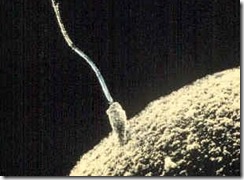 Via the blog Responsible Nanotechnology, Mike Treder, Executive Director of the Centre for Responsible Nanotechnology presents his thoughts on the state of the emerging science of nanotech, five year’s since the centre’s creation. He begins by highlighting the original positions made by CRN in 2003:
Via the blog Responsible Nanotechnology, Mike Treder, Executive Director of the Centre for Responsible Nanotechnology presents his thoughts on the state of the emerging science of nanotech, five year’s since the centre’s creation. He begins by highlighting the original positions made by CRN in 2003:
“Early in 2003, we published the following foundational statements that summarized CRN’s basic positions:
- Effective use of nanotechnology can benefit everyone.
- Unwise use of nanotechnology can be very dangerous.
- Nanofactory technology can be used safely.
- Preventing nanotechnology is impossible; careful study will be necessary for wise use.
- Effective use of nanotechnology will require intelligent and prudent policy-making.
- The situation is urgent; nanofactories may be developed within a decade.“
The following post then analyses each of these in turn, comparing things now in 2008 to how it was then back in 2003. There’s been a lot of progress in the field since then but they believe their assumptions remain true. As new ways to manipulate matter at the nanoscale are discovered, potential beneficial uses and dangers will increase exponentially. Theodore Judson’s forthcoming novel ‘The Martian General’s Daughter’ for instance, has a Roman-like empire collapsing because a nanotechnology plague is destroying the metal inside computers and equipment.
[DNA tetrahedron created by Andrew J. Turberfield, Department of Physics, University of Oxford. Image via Nanorex, Inc.]

 Via
Via